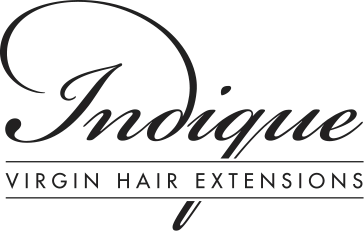For years now, hair weaves have provided stunning thick locks to women all around the world creating voluminous, ultra-glam hair. When done correctly, a weave can give off a lustrous, ultra-feminine vibrancy with the variety of textures and styles available. Weaves definitely add a new dimension to your look.
Initially weaves were mostly used by women in show business or in the fashion industry, but now have evolved into an essential fashion commodity for women from all walks of lives. Choosing and maintaining the right weave from the very beginning is important to creating the desired look.
Let's talk about how to choose and maintain a weave from the extensions, textures and styles.






